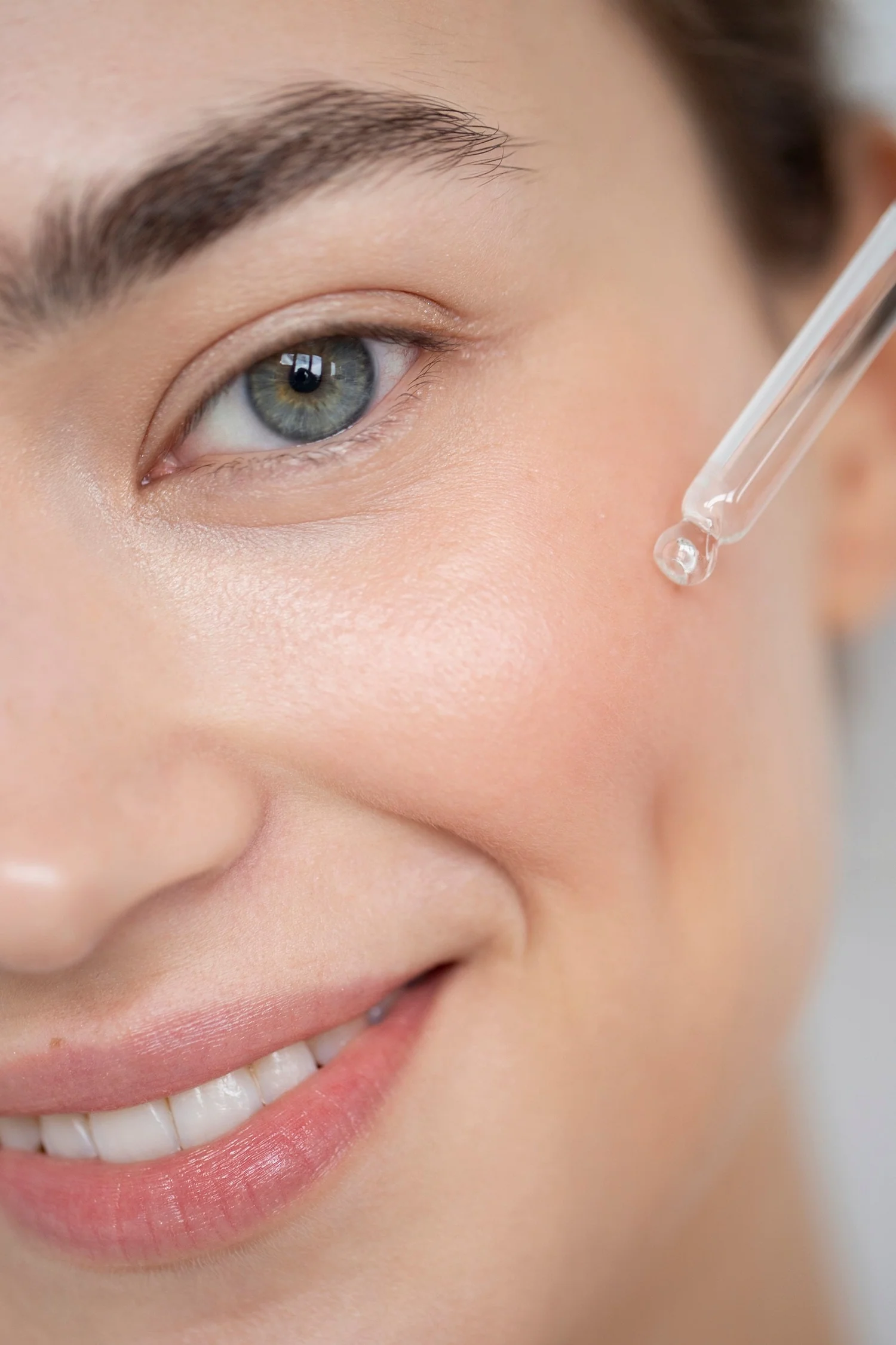How Niacinamide Uses Support Skin Barrier Repair and Protection

Skincare enthusiasts and dermatologists alike continue to highlight niacinamide for its wide-ranging benefits. From improving texture to calming irritation, the scope of niacinamide uses makes it one of the most versatile actives available. A growing body of research also confirms its key role in restoring and protecting the skin’s natural shield.
Understanding Niacinamide
Niacinamide, or nicotinamide, is a water-soluble form of vitamin B3. It is well-tolerated by most skin types, including sensitive and acne-prone skin. Unlike stronger actives, niacinamide doesn’t typically cause redness or peeling, making it an easy addition to almost any routine.
Why the Skin Barrier Matters
Your skin barrier is the outermost layer that retains moisture and blocks harmful elements like pollutants and bacteria. When intact, it prevents dehydration and shields against environmental aggressors. A compromised barrier can lead to dryness, irritation, breakouts, and heightened sensitivity.
How Niacinamide Strengthens the Barrier
-
Boosts Ceramide Production
Ceramides are lipids that keep skin cells glued together. Niacinamide stimulates their production, reinforcing the barrier’s structure and reducing transepidermal water loss. -
Improves Moisture Retention
By sealing hydration inside, niacinamide helps maintain a plump, supple complexion even in dry climates. -
Calms Inflammation
Skin prone to redness or breakouts benefits from niacinamide’s anti-inflammatory properties, which soothe irritation and help repair microdamage. -
Balances Oil and Minimizes Shine
Niacinamide regulates sebum output, preventing clogged pores while maintaining a smoother texture. -
Supports Natural Repair Processes
As an antioxidant, niacinamide reduces the impact of free radicals, aiding long-term resilience against UV and pollution-induced damage.
Practical Ways to Incorporate Niacinamide
-
Serums and Moisturizers: Look for products with 2–10% niacinamide, depending on skin sensitivity.
-
Layering Order: Apply after cleansing and before heavier creams or oils.
-
Frequency: Once daily is often enough for beginners; with tolerance, twice-daily use boosts results.
-
Patch Test: Even well-tolerated ingredients should be patch-tested to avoid unexpected reactions.
Signs of a Healthy Skin Barrier
When your barrier is strong, skin feels hydrated, smooth, and less reactive. Makeup applies more evenly, and fine lines often appear softer due to better moisture retention. A resilient barrier also means fewer flare-ups from environmental stressors like pollution and seasonal changes.
Long-Term Protection and Care
Consistent use of niacinamide can help prevent barrier disruption caused by over-exfoliation, harsh weather, or aggressive treatments. Pairing niacinamide with barrier-friendly ingredients—like hyaluronic acid, ceramides, and gentle cleansers—creates a robust routine focused on preservation rather than quick fixes.
Final Thoughts
Niacinamide’s ability to restore balance, lock in moisture, and calm inflammation makes it indispensable for anyone seeking healthier skin. By understanding its many benefits and aligning your routine to nurture the skin’s natural defense system, you create lasting conditions for a radiant, comfortable complexion. A strong barrier is the foundation of long-term skin wellness—and niacinamide is one of the most reliable allies in achieving it.






